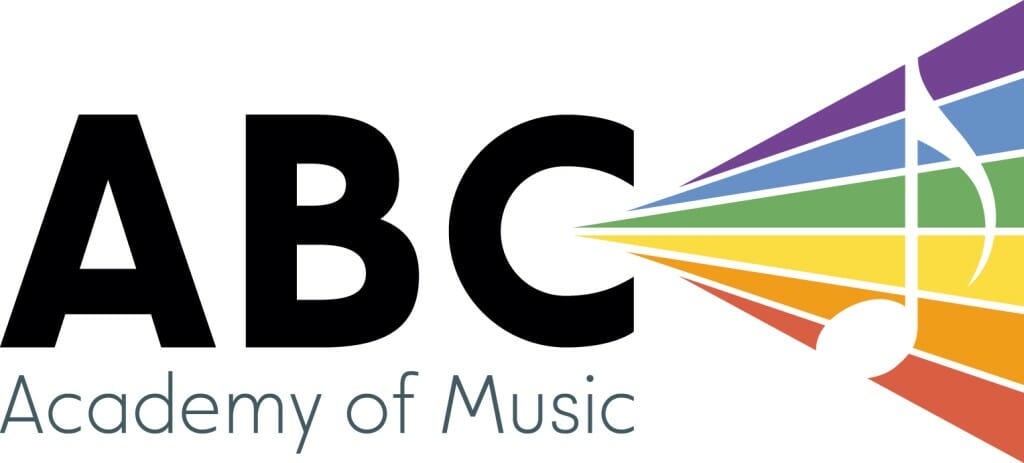A Note on Homework in my Lessons
Generally, the homework I give you will be divided into three parts: 1. longtones, 2. technique (scales, arpeggios, etc.) and 3. repertoire (pieces of music). Right now, you should spend about the same amount of time on each. Getting into the habit of practicing daily is much more important than trying to sit down for an hour at a time every few days and force the music out. At this point I would suggest sitting down for 15-20 minutes for the 6 days you don’t see me in a lesson and playing through the homework material once or twice, focusing on the parts that are hard for you. If you are able to put in more time, great! If you are busy and have to put in less time, try to focus on one thing for the short time that you have instead of jumping between all three items.
Anthony
Remember to take DEEP BREATHS while you practice!
- Dynamic longtones:
- take a deep breath
- start the note with lots of sound and slowly get quieter, fading to nothing
- fade back in without taking the mouthpiece from your mouth.
- Remember, we want to play with zero tension.
- continue F major scale – low octave up to high C. Go slowly and think about moving as little as possible from one fingering to the next.
- Rubank Lesson 7, #6: 65 bpm with a metronome. Make sure to follow the breath marks.
- Continue working on Woodchopper’s Ball: https://www.youtube.com/watch?v=4OcySBum734. For the part in the middle, play it at 160 bpm with a metronome, starting with the last bar and adding four 8th notes at a time.
Jackson
You left your book in the room with me this week; I went out in the hall to look for you but you had already left. I left the book and your homework pages with the school librarian, who said she would leave them at the attendance desk with a note with your name on it. Here’s the homework from those pages:
As you play, remember:
- Remember the great witch chin embouchure you did in our lesson – like smoothing chapstick between your lips! Keep it going until the end of the note.
- Play with the pads (not the tips) of your fingers to make sure they cover the tone holes properly. This is the biggest cause of squeaking – so practice in front of a mirror to keep on eye on your fingers.
- Try not to puff your cheeks – check this in the mirror as well.
- Play with high, curved, relaxed wrists – shake them out and let them drape onto the instrument. LH pointer finger should touch the A key and the side of your RH pointer finger should touch the side Eb key.
Homework:
- Memorizing low notes – name notes on Lesson 3 #7 of Galper book. try to remember whether notes are space or line notes
- Warmup: Continue witch chin warmup on the barrel. This time, try to bend the pitch down by a semitone and back up again without moving your lower jaw (check with your right hand as you bend). The only movement should be a voicing change, your tongue going lower and then higher in your mouth.
- Galper Lesson 3: #8, #10, #11. Keep everything above in mind as you play!
Ryan
If you can, pick up a box (or about 3 single) 2-size reeds. I’d suggest Rico, Juno or Rico Royale brands. They’ll seem hard to blow at first, but by playing them you’ll build up the technique to support them.
I’d like you to think about specific performance/repertoire goals as well, whether that’s preparing a piece for a school performance or being a part of ABC’s recital at the end of the semester. As I’m sure you know with your experience on the piano, preparing a piece for performance can be a really valuable process that improves your musicality. If you’re at all interested in improvisation and jazz let me know and I can integrate some of that material into our lessons as well.
Homework for this week:
- Longtones: Voicing pages 13 and 14
- Remember:
- tongue (voicing) is aimed high (eeh in mouth) to get higher overtones
- play with as little embouchure tension as possible – play in front of a mirror and look for unnecessary movement
- throat is low – breathe hot air into the instrument like you’re yawning.
- Remember:
- Continue Bb major scale full range (low Bb to high F) and Chromatic scale full range (low Bb to high F#), eighth notes at 70 bpm.
- Practice with a metronome at a comfortable tempo, aiming to have smooth note transitions. Don’t go too fast for now – by focusing on small movements at a slow tempo, you can improve your technique faster than by trying to play quickly and potentially solidifying bad habits.
- G minor etude in Voxman book (play until handwritten bracket)
- Check out Joe Henderson and Ben Wendel for some great examples of bright, open saxophone sounds with good core.
